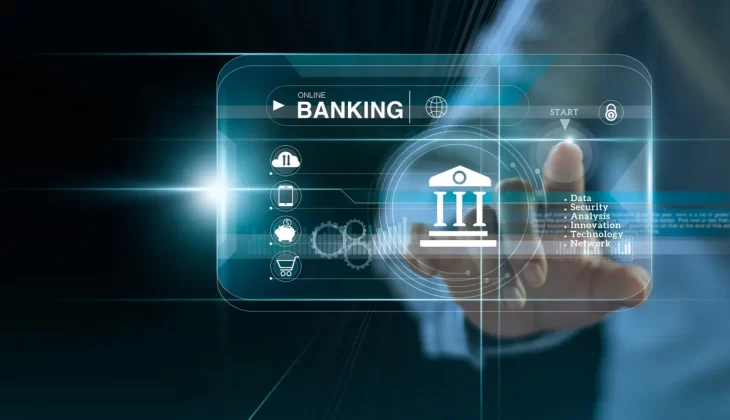Digitalization is transforming the banking industry. Customers now expect more services to be available online and through a serve-yourself model.
New technologies are bringing analytics and AI into the branch to improve customer service and uncover new opportunities for business growth. For example, IoT sensors and dynamic digital signage enable banks to track customer waiting times in branches.
The Impact of Digitalization
Digitalization has increased the competitiveness of financial institutions. It has also changed the role of banks and their products. For example, it has led to the emergence of ‘Fintech’ enterprises. These enterprises have the potential to transform banking by providing innovative, flexible, and adaptable financial solutions.
Banks must invest in digitalization in order to compete in the future. This means modernizing back-end infrastructure. In addition to improving customer-facing applications, banks must ensure that their core banking systems are efficient and scalable. This will help them to reduce operational risk and increase profitability.
Moreover, digitalization is enabling banks to reach a wider audience. For instance, online banking can be used by people who do not have access to traditional banks. This has the potential to increase access to finance for disadvantaged people around the world. However, it is important to note that this will require that people have access to a computer and internet connection. Therefore, it is essential to develop measures to ensure that people in remote areas can access financial services.
The Challenges of Digitalization
Digital technologies have pushed consumers to adopt new habits. For example, digital payments have made cash and credit cards less desirable. And cryptocurrency has enabled tech disruptors to compete with banks for customers.
Banks must adapt to this changing landscape. For example, they need to embrace open banking directives to allow the free sharing of client data across banks either directly or via processors. This will help them to build more detailed customer profiles and identify opportunities for growth.
Moreover, they must implement technology solutions that empower them to work more efficiently, improve results and enhance customer experience. These include smart, integrated solutions such as computer vision and AI that can be applied to self-service kiosks and dynamic digital signage in branch offices. Intel’s powerful processors enable a range of capabilities for these applications, including audience analytics and biometric security. This will make the banking experience even more personalized and frictionless. This, in turn, will increase customer satisfaction and loyalty.
The Opportunities of Digitalization
Digitalization makes it possible to provide new products and services that were previously impossible. It also creates new revenue opportunities for businesses.
In addition, it helps companies improve their efficiency by eliminating wasted time and resources. This can lead to increased productivity and profitability.
A prime example of the power of digitalization is the Internet banking revolution that has emerged in recent years. Consumers can now access their accounts from the comfort of their homes and make deposits, withdrawals, transfers, and payments without having to visit a physical branch.
Furthermore, digitized technology allows for more efficient communication with customers. This can result in greater customer satisfaction, loyalty, and brand equity. It also allows for the delivery of a more personalized experience. Customers can also compare products and services from different companies in the same industry to determine which ones are most appropriate for them. They can even use a variety of different devices to measure their performance.
The Future of Digitalization
With digitalization, people are able to access and process huge amounts of data much faster than ever before. This allows companies to find new ways of working and make better decisions, which benefits everyone involved.
Banking is no exception. It is now easier to transfer money and manage bank accounts. People can even apply for loans without visiting a branch. This has made it more convenient for customers and increased their customer loyalty.
However, digitalization also presents challenges. Some people have difficulty using technology and may not be able to adapt quickly enough. Others might not be able to afford a computer or mobile device that can access online services. Additionally, providing banking services purely through digital channels would deny access to 3 billion people who do not have internet access or are too poor to pay for it. These barriers should be addressed before the potential of digitalization can be fully realized in the banking industry.
